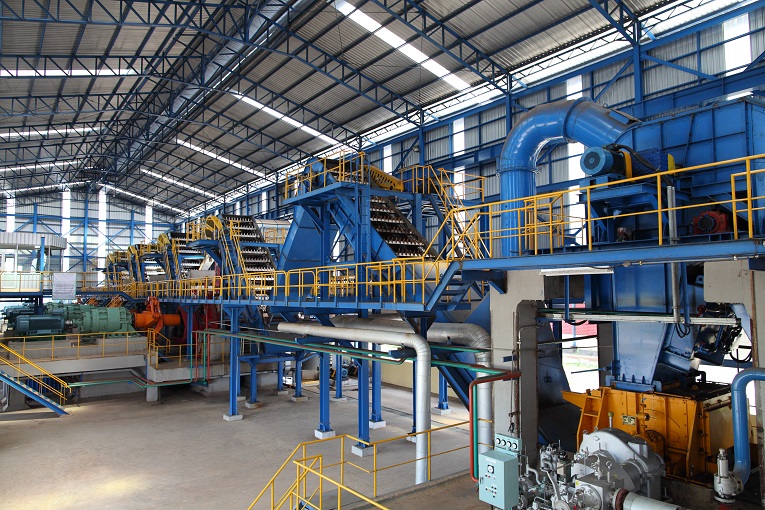
A US manufacturer and blending facility of liquid and dry sweetener products was faced with mounting costs and downtime, linked to pump failures in its liquefier unit. John Crane recommended its dynamic lift up-stream pumping seal face technology as a solution.
A manufacturer and blending facility of liquid and dry sweetener products, located in upstate New York, was faced with mounting costs and downtime, linked to pump failures in its liquefier unit. The facility’s technicians narrowed the problem to its batch-run sucrose blending circulation pump, critical to liquefying white and brown sugar, organic and kosher products, fructose, maltitol, corn syrup and invert syrups.
The process mixer, which runs an average of six batches daily, five days per week, was being hampered by crystallized liquid sugar inside the pump, causing shear damage and broken seal components. The food processor wanted to eliminate the continuous pump rebuilds, as well as downtime from seal and pump part repairs, which cut significantly into the company’s profit margin. Dynamic lift The company looked to John Crane, one of its seal suppliers, for a solution to the solidified sugar problem that was causing the seal-related pump failures. John Crane recommended its Dynamic Lift fluid seal technology as a solution, to not only solve the crystalized sugar problem, but also to eliminate the potential of bacterial growth in the seal support system. The John Crane Type 5620USP (Dynamic Lift/Upstream Pumping) seal design with a non-contacting face was used in this application.
The seal is constructed with FDA Generally Recognized as Safe (GRAS) materials, as well as FDA food-grade elastomers. The seal uses a spiral grooved seal face and a pure water barrier fluid to produce a lubrication film at higher pressure than the process fluid. This allows the inboard seal faces to run in a continuous flow of very clean higher pressure water. This lubricates the inboard seal faces and effectively prevents the sucrose from drying or changing viscosity.
That viscosity change would be expected with a conventional dual seal because heat of friction resulting from contacting inboard faces would have a detrimental effect on the sucrose product fluid. The physical envelope of the Dynamic Lift seal was designed to retrofit into a big bore version of the existing American National Standards Institute (ANSI) pump.
Failure eliminated Since installation of the Dynamic Lift seal, the pump has not failed because the primary root cause of failure has been eliminated by the dynamic lift seal and the self-sustained lubrication flow that the seal produces. Since the installation of the seal the maintenance personnel have not been called in. MTBR at the plant’s liquefier pump has increased from a low of one month to more than 30 months since installation of the Dynamic Lift seal. Approximately 12 pump-seal-related outages have been avoided because of the seal upgrade.
The food processor is saving US$1,000-$2,400 in seal repair costs per outage, a total saved of US$10,000-$15,000 for this liquefier process pump to date. The company’s engineering team rate the seal performance a nine on a scale of one to 10, and stated, “It solved a problem, and is performing well.”




